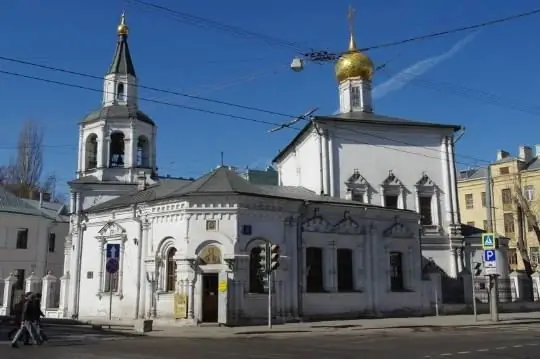
Description of the attraction
District Pechatniki - a former Moscow settlement, in which the artisans who worked at the Pechatny Dvor lived. This printing house, the first in Russia, was founded back in the reign of Ivan the Terrible in 1553, and eleven years later it published the first printed book - "The Apostle" by Ivan Fedorov. The settlement was located near the Sretensky Gate of the White City, the temple still stands on Sretenka Street. Residents of the settlement also attended another church - the Assumption at the Chizhevsky courtyard.
The first suburb church was built later, but the exact date of construction is unknown. The first mentions of the Assumption Church in Pechatniki date back to the 20-30s of the 17th century. In the 60s, the temple was rebuilt in wood, and at the end of the century - in stone, arranging and decorating it in the traditions of the Naryshkin Baroque style.
Until the first half of the 18th century, the temple was cold, that is, services were held in it during the warm season. In 1725-1727, at the request of the parishioners, a warm side-altar was built, consecrated in memory of the Beheading of John the Baptist. Later in the 18th century, another, Nikolsky side-chapel and chapel were built.
One of the Moscow legends connects this Assumption Church and the famous painting "Unequal Marriage" by Vasily Pukirev, who lived in the 19th century. According to legend, the painter could see the plot for the picture in the Church of the Assumption of the Virgin in Pechatniki.
During the Patriotic War of 1812, the temple was plundered and deprived of all outbuildings. The next barbarians who came to the Church of the Dormition were the Bolsheviks, who removed the crosses and dismantled the fence. At first, the building was occupied by the Arcticproject trust, and then it housed museums dedicated to the development of the Arctic and the Soviet navy. In the 90s, the temple was returned to the jurisdiction of the Russian Orthodox Church and re-consecrated in 1994. The building of the temple has the status of an architectural monument.






